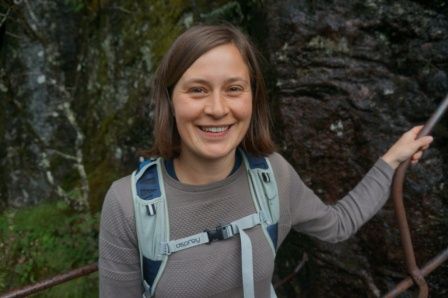
Abstract:
A 7000 year-long cirque glacier reconstruction from South Georgia, based on detailed analysis of fine-16 grained sediments deposited downstream in a bog and a lake, suggests continued presence during most 17 of the Holocene. Glacier activity is inferred from various sedimentary properties including magnetic 18 susceptibility (MS), dry bulk density (DBD), loss-on-ignition (LOI) and geochemical elements (XRF), 19 and matched to a set of terminal moraines. The two independently dated sediment records document 20 concurring events of enhanced glacigenic sediment influx to the bog and lake, whereas the upstream 21 marginal moraines afford the opportunity to calculate past Equilibrium Line Altitudes (ELA) which 22 has varied in the order of 100 m altitude. Combined, the records provide new evidence of cirque 23 glacier fluctuations on South Georgia. Based on the onset of peat formation, the study site was 24 deglaciated prior to 9900 years ago when a local tidewater glacier retreated up-fjord. The continuous 25 sedimentary records indicate five major centennial scaled glacier advances centered around 7000 cal 26 BP, 5700 cal BP, 3600 cal BP, 2400 cal BP, 400 cal BP, and during the 1960-70s. These glacier events 27 are largely in-phase with reconstructed Patagonian glaciers, implying that they respond to centennial 28 climate variability possibly connected to corresponding modulations of the Southern Westerly Winds.
Arranged date for the seminar talk: Dec 11, 2017
